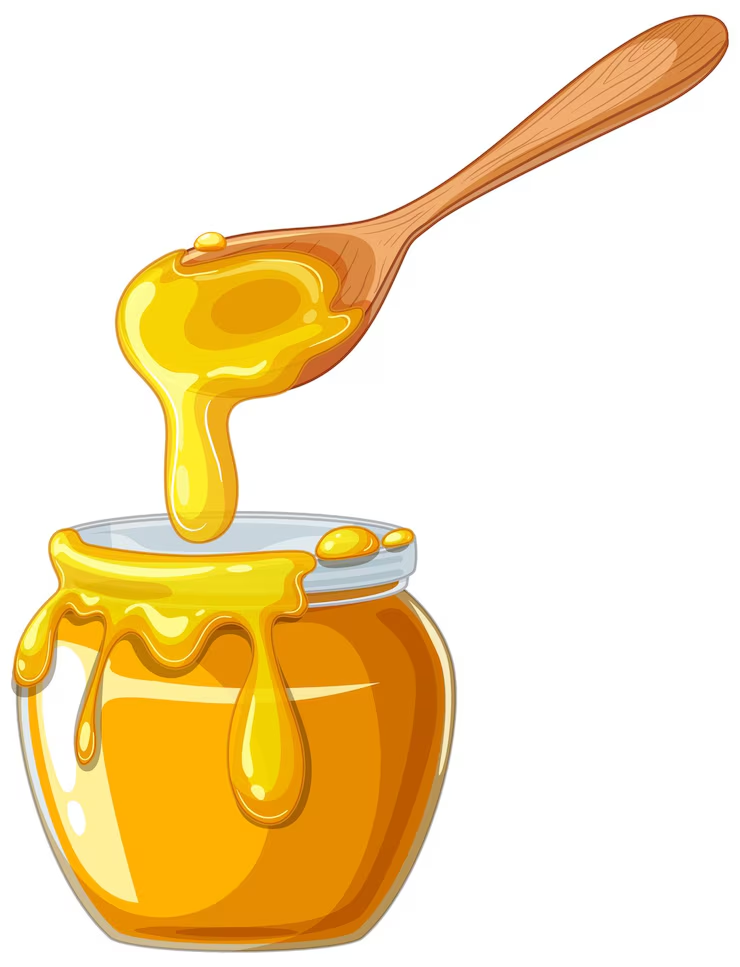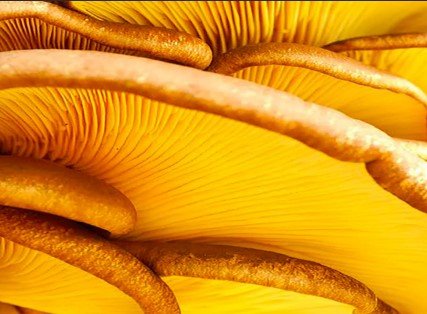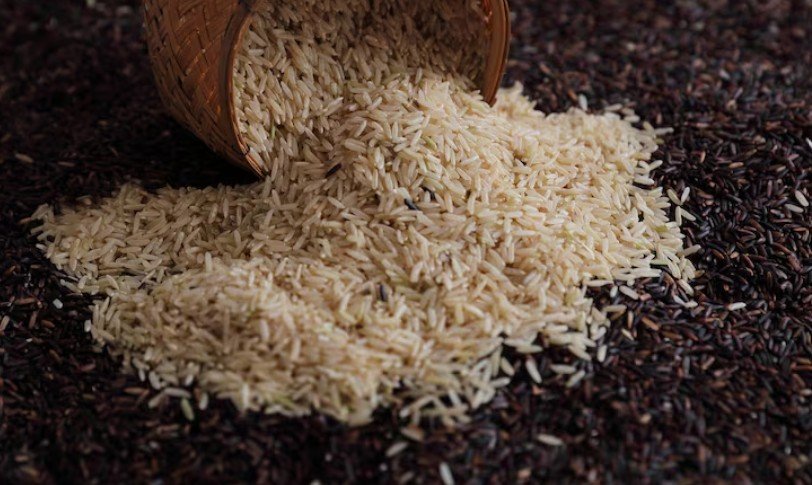Ghee is a staple ingredient in Indian kitchens, known for its rich flavor, health benefits, and medicinal properties. However, with the increasing demand for pure cow ghee, A2 cow ghee, and desi ghee, many adulterated versions are flooding the market. Checking the purity of ghee at home is essential to ensure you get the best quality product. In this blog, we will discuss simple and effective ways to test the purity of ghee and identify fake or adulterated ghee.
Why is Pure Ghee Important?
Pure desi ghee is loaded with essential nutrients such as omega-3 fatty acids, vitamins A, D, E, and K, and antioxidants. It aids digestion, boosts immunity, and supports heart and brain health. However, adulterated ghee may contain starch, vanaspati, artificial flavors, and chemicals, which can be harmful to health.

Easy Ways to Test the Purity of Ghee at Home
Here are some simple methods to check the purity of organic ghee, pure cow ghee, and A2 gir cow ghee at home:
1. The Heating Test
One of the easiest ways to check for pure ghee is the heating test. How to Perform the Test:
- Take a spoonful of ghee and heat it in a pan.
- If the ghee melts quickly and turns brownish in color, it is pure.
- If it takes time to melt and turns yellowish, it may contain impurities like vanaspati or hydrogenated oils.
2. The Fridge Test
This method helps in detecting the presence of vegetable oils in ghee. How to Perform the Test:
- Take a small amount of ghee in a container and refrigerate it for 30–45 minutes.
- If the ghee solidifies uniformly, it is pure.
- If there is a separation of layers or white residue, the ghee is adulterated with oils.
3. The Water Test
The water test helps identify the presence of starch or artificial substances in ghee. How to Perform the Test:
- Take a glass of water and add a teaspoon of ghee to it.
- If the ghee floats on top and does not mix with the water, it is pure.
- If the ghee mixes with the water or leaves a white residue at the bottom, it is adulterated.
4. The Palm Test
This is a quick and effective way to check for the presence of vanaspati ghee. How to Perform the Test:
- Take a small amount of ghee and rub it on your palm.
- If it melts instantly, it is pure.
- If it takes time to melt or leaves a greasy texture, it contains vanaspati or artificial fats.
5. The Iodine Test for Starch Adulteration
Many low-quality ghee products contain starch, which can be tested using iodine solution. How to Perform the Test:
- Take a teaspoon of ghee and add a few drops of iodine solution to it.
- If the color turns blue or black, it means the ghee contains starch.
- Pure ghee will not react with iodine.
6. The Smell and Taste Test
Pure desi ghee has a rich, nutty aroma and a natural, slightly sweet taste. How to Perform the Test:
- Smell the ghee; pure ghee has a distinct fragrance, while adulterated ghee may have a bland or artificial smell.
- Taste a small amount; pure ghee will feel light on the tongue, while impure ghee may leave an oily aftertaste.
How to Buy the Best Pure Ghee?
Now that you know how to test the purity of organic ghee, desi cow ghee, and A2 cow ghee, here are some tips for buying the best quality ghee:
- Check the Label – Look for certifications like FSSAI, organic, and A2 certified.
- Look for the Source – Prefer A2 gir cow ghee or desi ghee made from traditional Bilona methods.
- Check the Packaging – Always choose ghee stored in glass jars over plastic containers.
- Buy from Reputed Brands – Avoid cheap, mass-produced ghee that may contain adulterants.
- Trust the Aroma and Texture – Pure ghee has a grainy texture and a golden yellow color.
Final Verdict
Adulterated ghee can cause digestive issues, weight gain, and other health risks, so it’s essential to verify its purity before consuming. By following these simple home tests, you can ensure that you are using pure cow ghee, A2 gir cow ghee, or desi ghee that provides maximum health benefits.
For the best results, always buy trusted, authentic ghee from reliable sources, and prioritize organic, grass-fed, and A2-certified ghee for a healthier lifestyle.
Additionally, consuming pure desi ghee made using the Bilona method ensures that you receive maximum nutrients without harmful additives. Many adulterated ghee brands add preservatives, synthetic flavors, and hydrogenated fats, which can lead to long-term health problems. Pure ghee, on the other hand, helps in better digestion, promotes a strong immune system, and supports heart health.
To make the right choice, always go for verified and lab-tested ghee brands that follow ethical dairy practices. Pure A2 cow ghee is an investment in your well-being, making it worth the extra cost. Whether you use desi ghee for cooking, medicinal purposes, or skincare, choosing unadulterated ghee will always be beneficial in the long run.















Leave a Reply